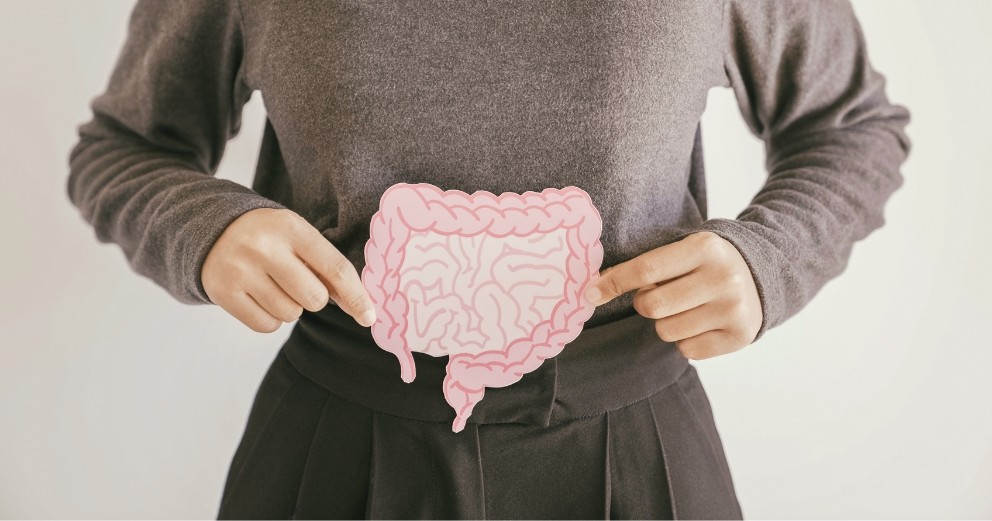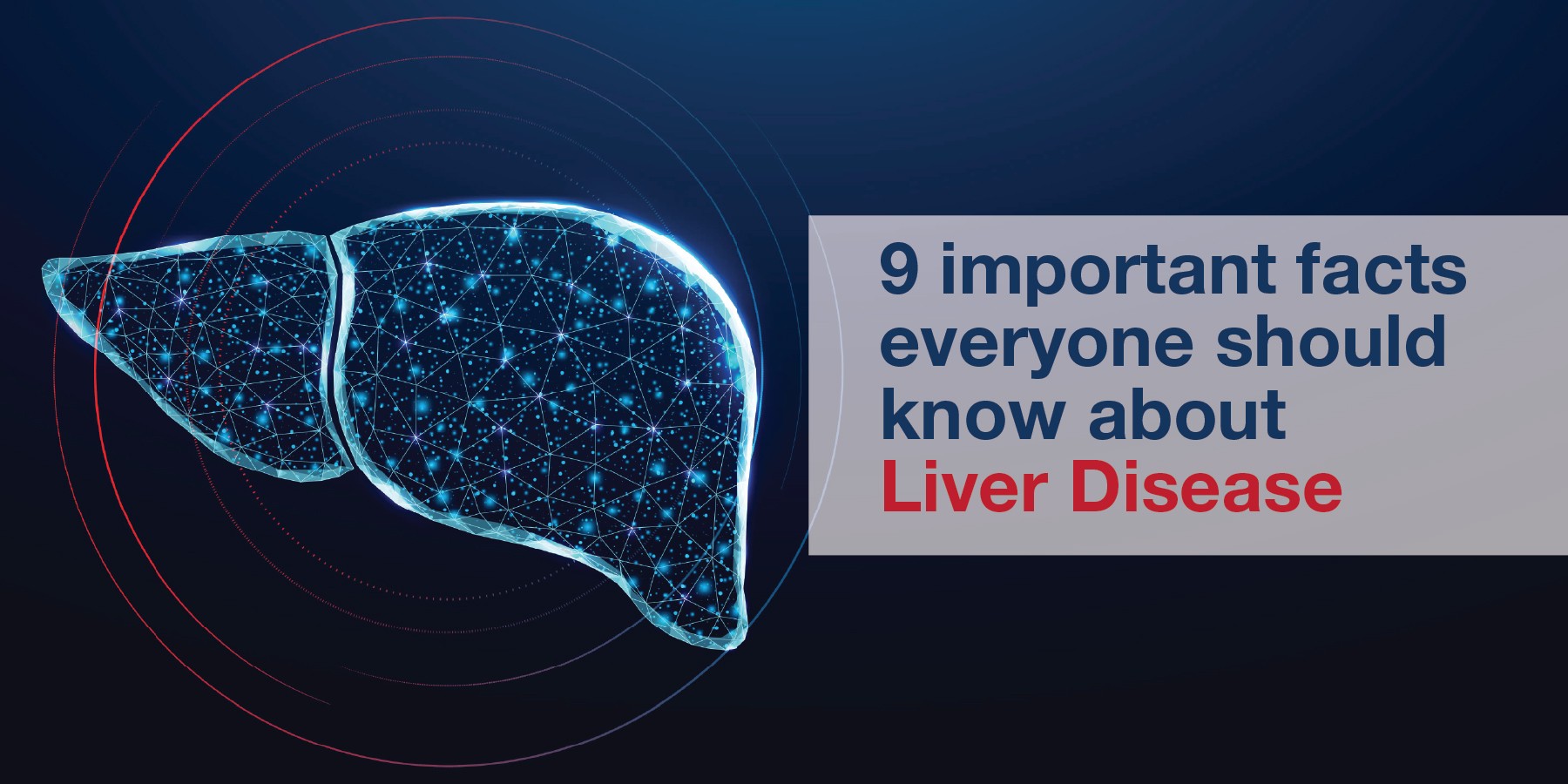Overview of the Liver
The liver is the largest solid organ in the body, located just under the diaphragm occupying most of the right upper quadrant of the abdomen and extending to the left side above the stomach. Everything that we ingest (food, beverages, medicines, toxins, etc.,) goes to the liver via the portal venous circulation after having been absorbed by the digestive tract. The liver is intimately associated with the biliary system (gallbladder and bile ducts) that is essential for the normal digestive process. A functioning liver is absolutely required to sustain life.
Functions of the Liver
The liver can be thought of as a massively complex factory. It processes nutrients and produces and stores glucose for the rest of the body’s metabolic needs. It processes drugs and neutralizes toxins. It is a major source of protein production, including albumin (the most abundant protein in the body) and most all of the proteins necessary for blood clotting. It manufactures and processes many vitamins, hormones and amino acids. It produces bile necessary for proper digestion. It participates in the overall metabolic balance of the body, particularly acid-base balance in the blood.
Causes of Liver Diseases
Many diseases affect the liver that may or may not ultimately lead to Liver Failure. Acute liver failure occurs when a toxic ingestion (e.g., an overdose or adverse reaction to a drug that is toxic to the liver) or a fulminant viral infection that results in sudden and complete loss of liver function. In many such cases, emergency liver transplant is the only chance of survival. Chronic liver failure is caused by many diseases, such as alcoholism, fatty liver disease, Hepatitis C Virus, Hepatitis B Virus, and several less common metabolic and autoimmune diseases. All of these diseases can progress to cirrhosis, or terminal scarring of the liver with ultimate loss of function, and also greatly increase the risk of developing liver cancer. Many types of tumors can affect the liver, either benign or malignant. Benign tumors include adenoma, fibronodular hyperplasia and hemangioma. Malignant tumors are most often caused by spread from another organ (such as colon or breast cancer) to the liver. The most common primary malignant liver tumor is hepatocellular carcinoma. Cancers can also arise in the biliary system: gallbladder cancer or cholangiocarcinoma. Infections can also affect the liver, such as hytatid cyst or abscess from cholangitis or other gastrointestinal pathology.
Diagnosis of Liver Diseases
Liver disease is usually asymptomatic in its early stages. An example is that 80% of patients with hepatocellular (liver) cancer come to medical attention when the disease has reached the most advanced stage (Stage IV), when effective treatments are no longer possible. Sometimes pain can be present in the right upper abdomen or specific symptoms suggesting liver dysfunction such as jaundice (yellowing of the skin and eyes), dark urine and light colored stools. A detailed history and physical by your doctor is the first step in diagnosis liver disease. “Liver function tests” (bilirubin, INR, AST, ALT, alkaline phosphatase, GGT and albumin) can ordered by your doctor for a routine checkup or when liver disease is suspected. More specific tests such as hepatitis viral serologies, autoimmune markers and tumor markers are ordered if they are clinically indicated. An ultrasound of the liver is the most common imaging technique to look for gallbladder disease and screen for tumors or abscesses. Often, a CT or MRI will need to be performed to obtain more specialized detailed imaging.











